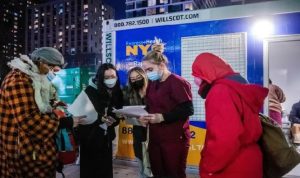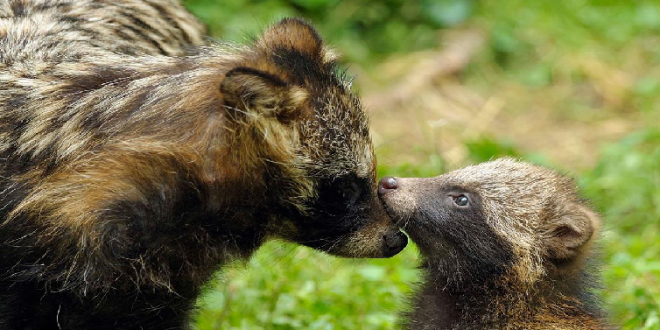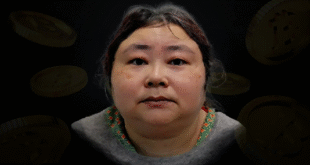21-09-2024
BEIJING/ WUHAN: A team of scientists say it is “beyond reasonable doubt” the COVID pandemic started with infected animals sold at a market, rather than a laboratory leak.
They were analyzing hundreds of samples collected from Wuhan, China, in January 2020. The results identify a shortlist of animals including raccoon dogs, civets and bamboo rats as potential sources of the pandemic.
 Despite even highlighting one market stall as a hotspot of both animals and coronavirus, the study cannot provide definitive proof.
Despite even highlighting one market stall as a hotspot of both animals and coronavirus, the study cannot provide definitive proof.
The samples were collected by Chinese officials in the early stages of COVID and are one of the most scientifically valuable sources of information on the origins of the pandemic.
An early link with the Huanan Seafood Wholesale Market was established when patients appeared in hospitals in Wuhan with a mystery pneumonia.
The market was closed and teams swabbed locations including stalls, the inside of animal cages and equipment used to strip fur and feathers from slaughtered animals.
Their analysis was published last year and the raw data made available to other scientists. Now a team in the US and France says they have performed even more advanced genetic analyses to peer deeper into COVID’s early days.
It involved analyzing millions of short fragments of genetic code both DNA and RNA to establish what animals and viruses were in the market in January 2020.
“We are seeing the DNA and RNA ghosts of these animals in the environmental samples, and some are in stalls where (the COVID virus) was found too,” says Prof Florence Debarre, of the French National Centre for Scientific Research.
The results, published in the journal Cell, highlight a series of findings that come together to make their case.
It shows COVID virus and susceptible animals were detected in the same location, with some individual swabs collecting both animal and coronavirus genetic code. This is not evenly distributed across the market and points to very specific hotspots.
 “We find a very consistent story in terms of this pointing even at the level of a single stall to the market as being the very likely origin of this particular pandemic,” says Prof Kristian Andersen, from the Scripps Institute in the US.
“We find a very consistent story in terms of this pointing even at the level of a single stall to the market as being the very likely origin of this particular pandemic,” says Prof Kristian Andersen, from the Scripps Institute in the US.
However, being in the same place at the same time is not proof any animals were infected. The animal which came up most frequently in the samples was the common raccoon dog. This has been shown to both catch and transmit COVID in experiments.
Other animals identified as a potential source of the pandemic were the masked palm civet, which was also associated with the Sars outbreak in 2003, as well as hoary bamboo rats and Malayan porcupines. The experiments have not been done to see if they can spread the virus.
The depth of the genetic analysis was able to identify the specific types of raccoon dogs being sold. They were those more commonly found in the wild in South China rather than those farmed for their fur. This gives scientists clues about where to look next.
The research teams also analyzed the genetic code of the viral samples found in the market, and compared them to samples from patients in the early days of the pandemic. Looking at the variety of different mutations in the viral samples also provides clues. The samples suggest, but do not prove, that COVID started more than once in the market with potentially two spillover events from animals to humans. The researchers say this supports the idea of the market as the origin, rather than the pandemic starting elsewhere with the market adding fuel to the fire in a super spreading event. (Int’l Monitoring Desk)
 Pressmediaofindia
Pressmediaofindia




